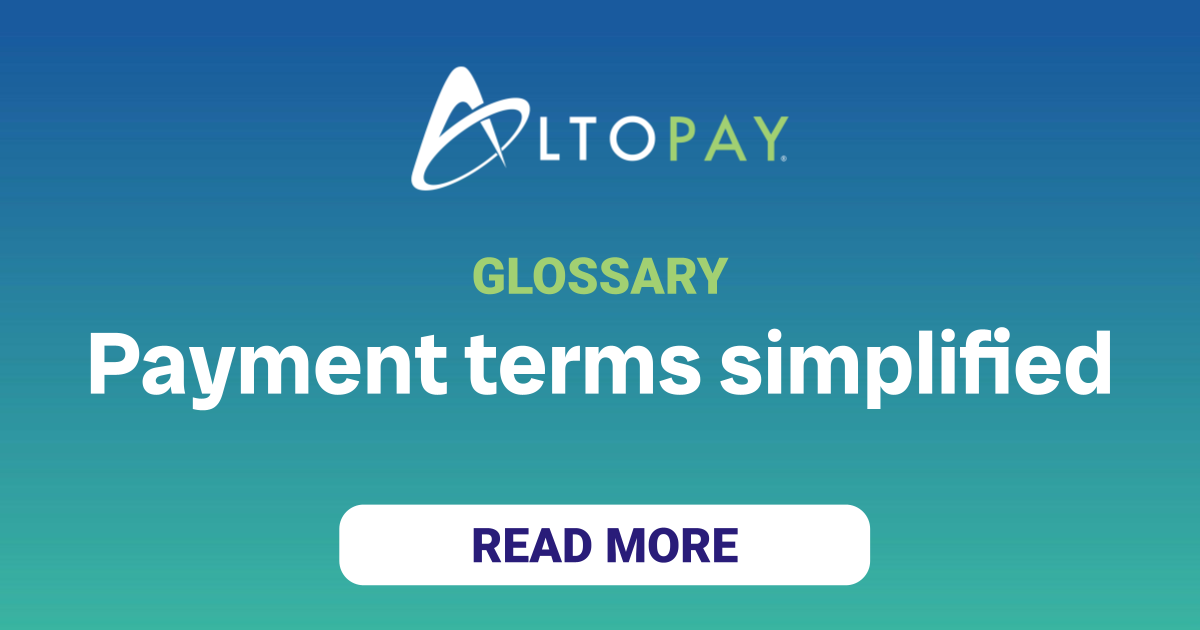A chargeback-to-transaction ratio compares the number of chargebacks a merchant receives to their total number of transactions in a given time period. This ratio is used by card networks to assess a merchant’s risk level and determine whether intervention is needed. In most situations, merchants are expected to keep their chargeback-to-transaction ratio below 1%. Ratios are calculated monthly and closely watched by acquiring banks. Breaching thresholds could lead to enrollment in a chargeback monitoring program.
Here’s how American Express and Discover calculate a merchant’s chargeback-to-transaction ratio.

Here’s an example:

Mastercard uses a calculation that is similar to the American Express and Discover calculation. However, Mastercard compares the current month’s chargeback count to the previous month’s transaction count.
Here’s the Mastercard chargeback-to-transaction ratio calculation:

And here’s an example:

NOTE: Visa uses a similar but different metric — the VAMP ratio. Check our VAMP guide to learn how the ratio is calculated and what the threshold is.
Staying below chargeback thresholds is critical for account stability. Maintaining a healthy ratio not only avoids fees and fines, but also signals to processors that your business is well-managed and trustworthy. A rising ratio may indicate fraud, fulfillment issues, or policy gaps — understanding the source is key.
AltoPay tracks your ratios — including VAMP — in real time so you can react before problems escalate.

For more than a decade, Jessica Velasco has been a thought leader in the payments industry. She aims to provide readers with valuable, easy-to-understand resources.


